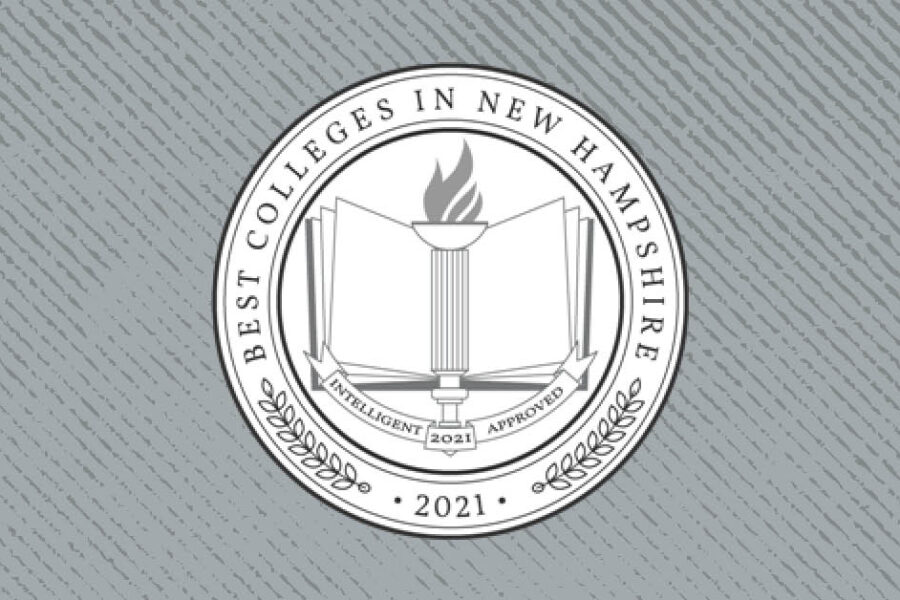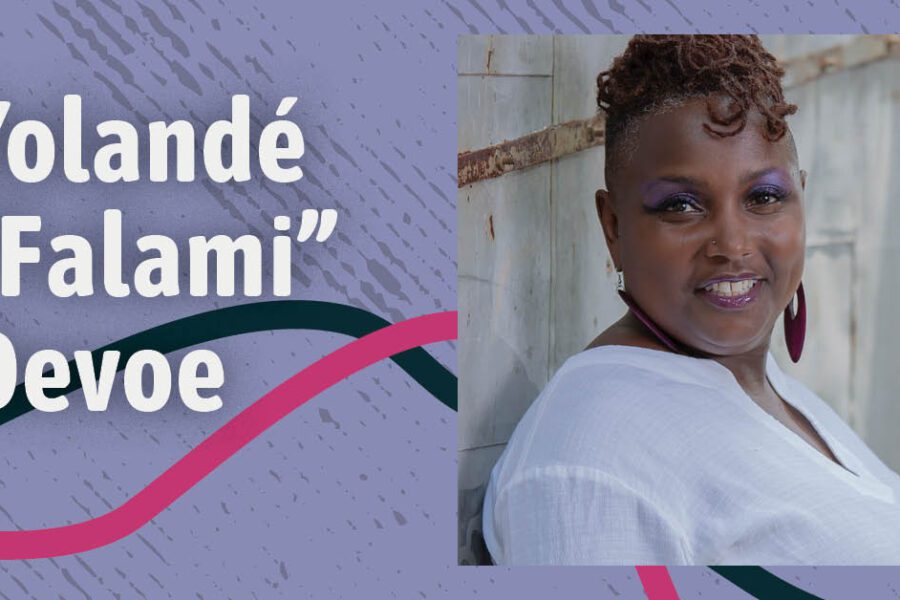It’s a common thing to interchange teaching and coaching in different settings. However, we shouldn’t get too worked up on this. Instead, it’s better that we get a good grasp of the difference between the two.
Interestingly, we can also combine the two to make the learning experience more worthwhile. This can be the case not only for our students but also for ourselves. In this post, we’ll tackle some teaching tips that we can use during teacher prep and implementation.
Coach vs. Teacher
In the traditional institutional set-up, the usual process is that the teacher instructs the students and explains. These students are expected to at least memorize the concepts taught to them. The teacher then assesses learning. No questions are asked after the grades are given out.
In the context of coaching teaching tips, we can turn the students into independent learners. As “classroom coaches”, we can design the learning methods and tools, mediate with the students during the process, and support their learning when we get the chance. The coaching part can happen anywhere within the process. We can encourage them to figure out the answers on their own while asking questions to guide them.
Learning Cycle for Coaching
As previously mentioned, coaching can enter the picture regardless of where we are in the learning cycle. This ensures that our students can make the most out of all the phases that they have to go through.
Collaborative Learning Community
We should carefully build and maintain this while treating our group of students as a foundation. We can discuss and formulate with them the classroom norms and expectations as early as the first day. We can then set up activities to help us discover their skills and dispositions. The key is to develop trust among everyone in the group (including ourselves).
Design
We can do individual activities and group activities. These help improve independence and teamwork. At the same, these can challenge them to work beyond their current abilities.
Engaging
Once we step back and complete our lesson plans, it doesn’t mean our job is done. We have to be in a coaching mindset all the time.
Exhibit
This may be considered the most exciting part because we’re about to see what our students have learned during the past few weeks. During the presentation, have an assessment tool ready.
Feedback
This is also the phase where we connect each event that happened. Facilitate the students’ reflections during this time and discuss the points that are worth commending. We can also point out their weaknesses and how to work around these.
Debrief
After the exhibit, we should have our debrief tools ready as part of our teacher prep. Once the need for growth is established, we can then set goals with the students.
Keys To Coaching
We must know all of our students to effectively tailor-fit a certain approach for an individual and the entire group. This will also help us further understand how each individual fits into the class dynamic. We have to observe how they work with one another and how we work with them as a team. At the same time, we have to foster independence. During the entire experience, it’s a must to enjoy your students as they learn.
The Cycle Goes On…
Just because we’ve finished evaluating our students during their presentation doesn’t mean that the learning should stop there. More than the learning processes, cycles, and lesson plans, it’s the entire experience that will stay with them.




